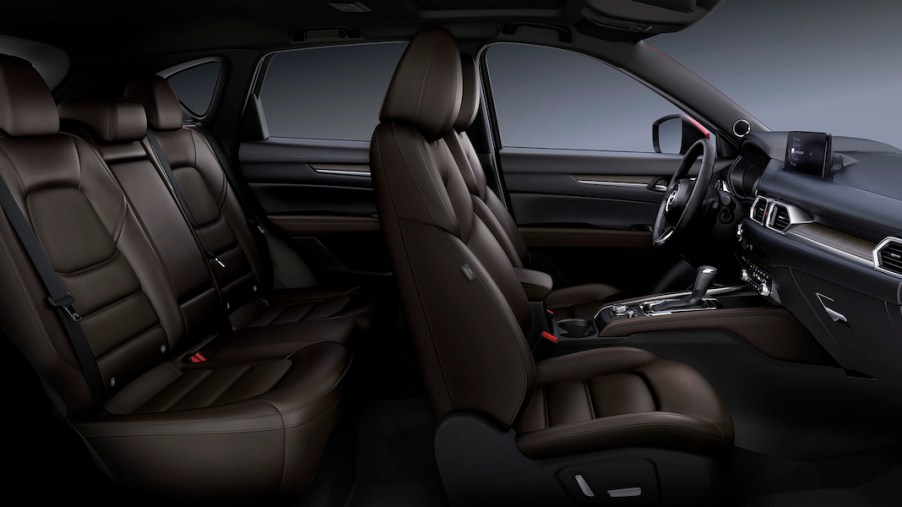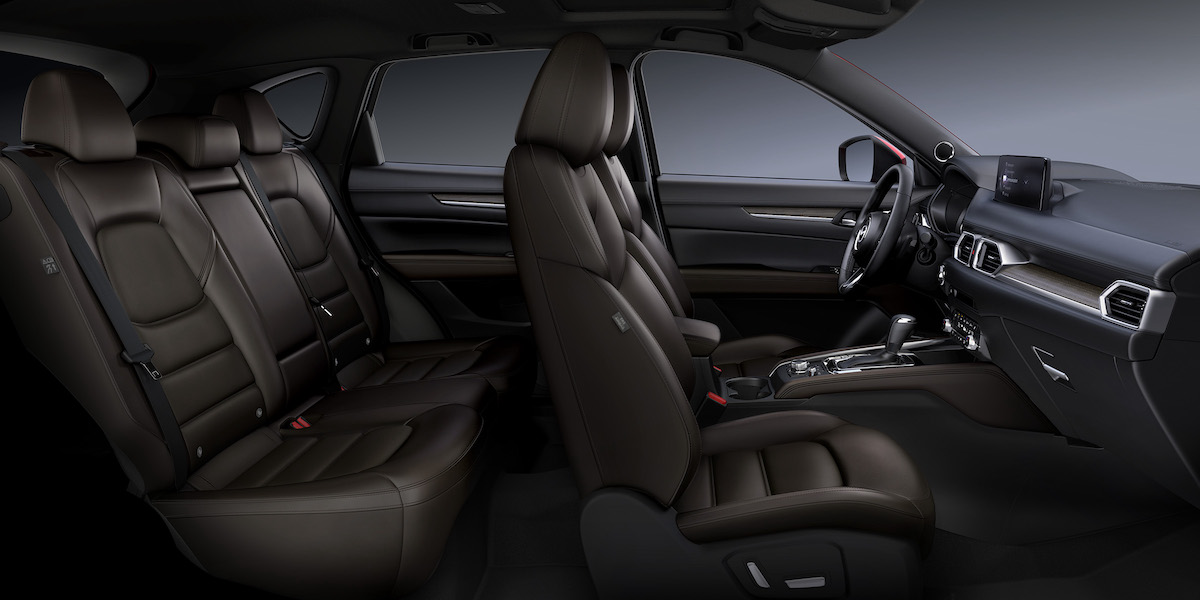
Do Heated Seats Use More Gas?
With the higher gas prices we’ve seen this year, fuel economy is on everyone’s minds. Vehicles now offer a wide array of convenience and comfort features like heated seats. Do heated seats use more gas? What impact does that have on your car’s fuel economy?
We answer those questions and provide some pointers on how you can save money at the pump during colder months.
How heated seats use more gas

For most people, heated seats in the wintertime are a great comfort. Depending on where you live, it might be a necessity. And as you might expect, using the heated seats in your vehicle consumes more gas — but not much.
A vehicle’s heating system uses heat already created by the engine and sends it into the interior for warmth. But a fan blows it in there, and that runs on electricity. Other features, like heated seats, the defroster, headlights, stereo system, and windshield wipers, also run on electricity, courtesy of your vehicle’s alternator.
According to Grist, the alternator is powered by creating more resistance on the engine. It requires more gas usage and taps into your vehicle’s fuel efficiency. But keep in mind that the drag on your fuel economy is minimal.
All vehicles have lower fuel economy in cold temperatures versus warmer days. Warm-up time, weather-related road conditions, thicker engine fluids, and more all chip away at a vehicle’s gas mileage.
Are heated seats harmful to you or the environment?
There’s not a lot of research on the negative impacts of heated automotive seats on the environment. Though heated seats don’t use much energy, those in combustion engine vehicles contribute to fossil fuel use, which is bad for the environment.
The bigger issue is the potential harm heated seats can cause human occupants.
Using the same technology in electric blankets, hairdryers, and water heaters, heated car seats are relatively simple mechanisms. There’s a heating element that acts as a resistor within the seat. When electricity runs through its coils, the resistor repels the electricity, creating heat to rise through the seat to keep the occupant toasty.
Some automakers include a thermostat in the seat to check the temperature. When the heat reaches a certain level, the seat automatically shuts off heat to prevent injury. Issues arise when there’s no thermostat or the heated seats allow higher temperatures than intended.
According to Advance Auto Parts, third-degree burns can develop in just 10 minutes when the temperature reaches 120 degrees. Occupants with conditions such as diabetes, neuropathy, or paralysis might not be able to tell if the seat is too hot until the damage is done.
There’s also the risk of “toasted skin syndrome,” which causes the skin on the buttocks and the back of the thighs to darken and become discolored after too much exposure to a heated seat. Because people tend to wear pants in colder weather, the damage might not be evident right away.
How to keep gas costs down in cold weather
Grist offers easy ways to help keep gas prices in check when the weather is cold.
They suggest keeping an eye on your tire pressure because the cold can reduce tire inflation and your gas mileage along with it. If your vehicle has a roof rack, remove it when you don’t need it because it hurts the aerodynamics of your vehicle, making it less fuel-efficient.
Grist maintains that letting your vehicle idle for over 30 seconds to warm it up is a waste of gas. The engine will heat up much faster once you’re driving the vehicle. And use your heated seats sparingly.
Finally, drive less. If biking or walking isn’t practical, and with the ongoing pandemic, public transportation is risky, plan your trips. If you can combine trips or carpool, you’ll save gas and reduce wear-and-tear on your vehicle. You’ll also reduce your carbon footprint on the environment.


